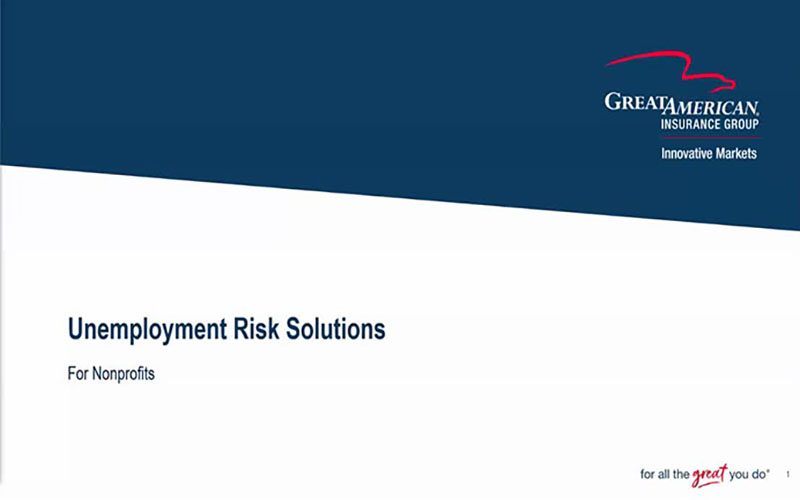Understanding the Impact of Reviver Statutes

The “Reviver Statute” of New York’s Child Victims Act (CVA), which originally took effect on August 14, 2019, opened a critical window for survivors of childhood sexual abuse to seek justice regardless of how much time had passed since the abuse occurred.
The impact of the CVA has become clearer over time. Nearly 11,000 lawsuits were filed during its revival window, originally set for one year and later extended to two, revealing the widespread nature of abuse and the systemic failures that allowed it to persist.
The CVA has since become a model for reform nationwide. In response, many states have begun reevaluating their statutes of limitations for both civil and criminal claims related to child sexual abuse. As part of these reforms, several states have enacted legislation that temporarily suspends existing time limits, allowing survivors to file previously time-barred claims regardless of their current age.
This shift reflects a broader societal reckoning. Recent events and evolving public awareness have driven legislative momentum toward empowering survivors to come forward. These changes also underscore the urgent need for youth-serving organizations to adopt proactive, preventive and responsive strategies.
As an organization entrusted with caring for vulnerable individuals, it is your responsibility to take all reasonable steps to prevent abuse and respond effectively to any concerns.
Key Areas Organizations Should Focus on To Help Prevent Abuse and Strengthen Response
Whether you're just beginning to build your abuse prevention strategy or looking to strengthen existing efforts, there are core areas every organization should address. These focus areas help uncover hidden risks, reinforce a culture of safety and ensure your team is equipped to respond effectively when it matters most.
Building a Culture of Safety and Accountability
What is the attitude toward preventing abuse and molestation in your organization? Will employees and volunteers be measured and held accountable for their decisions and behaviors on the job?
Culture is the everyday behavior, decisions and expectations that define how your organization operates. When it comes to abuse prevention, culture starts at the top and leadership sets the tone. If safety and accountability aren’t clearly prioritized, they won’t be practiced.
A strong prevention culture is built on clarity and consistency. That means communicating expectations early and often. Every employee and volunteer should understand not just what the policies are but why they exist. When people understand the purpose behind your policies and procedures, they’re more likely to follow them.
Conducting a Risk Vulnerability Assessment
Do you know what areas of your operation are most vulnerable? How well are you minding the gap between what is supposed to be done and what is actually being done?
Leadership often makes a quick assumption that they know everything going on within their organization without taking the time to verify. Leaders should honestly ask themselves, “Do you really know everything that is happening at all times?”
Leadership should conduct a comprehensive assessment. Identify where policies aren’t being followed, where oversight is weak and where risk may be hiding in plain sight. Don’t rely on a single perspective either. Engage team members across departments to help ensure every operational area is represented.
Consult outside sources, such as reputable companies like Praesidium, to help ensure a thorough review.
Strengthening Policies, Procedures and Recordkeeping
Once you’ve identified areas of vulnerability within your organization, it is essential to establish clear, consistent and sustainable policies and procedures. A critical component of this process is robust recordkeeping, not just for compliance but to help ensure transparency, accountability and informed decision-making.
Effective recordkeeping supports your ability to track incidents, monitor trends and demonstrate due diligence. It also ensures that your organization can respond swiftly and appropriately when issues arise. From documenting training sessions to maintaining incident logs, strong records help build a resilient and responsive organization.
Explore our latest article for practical guidance on implementing policies and recordkeeping practices that can help protect your organization and the community you serve.









.jpeg?sfvrsn=dbf923b1_1)




.jpeg?sfvrsn=c50521b1_1)